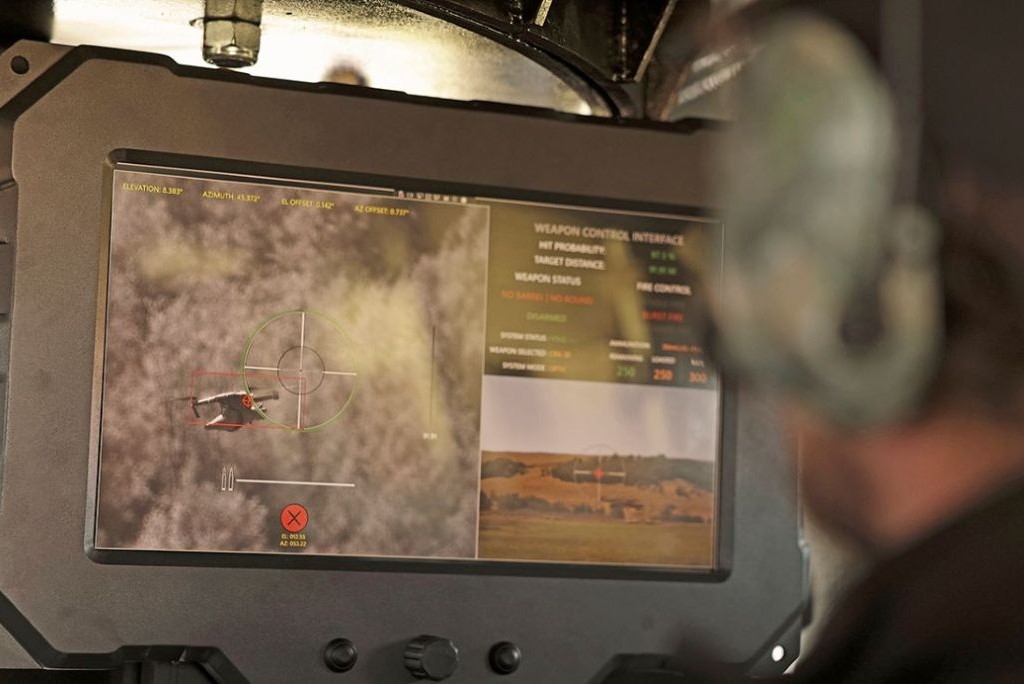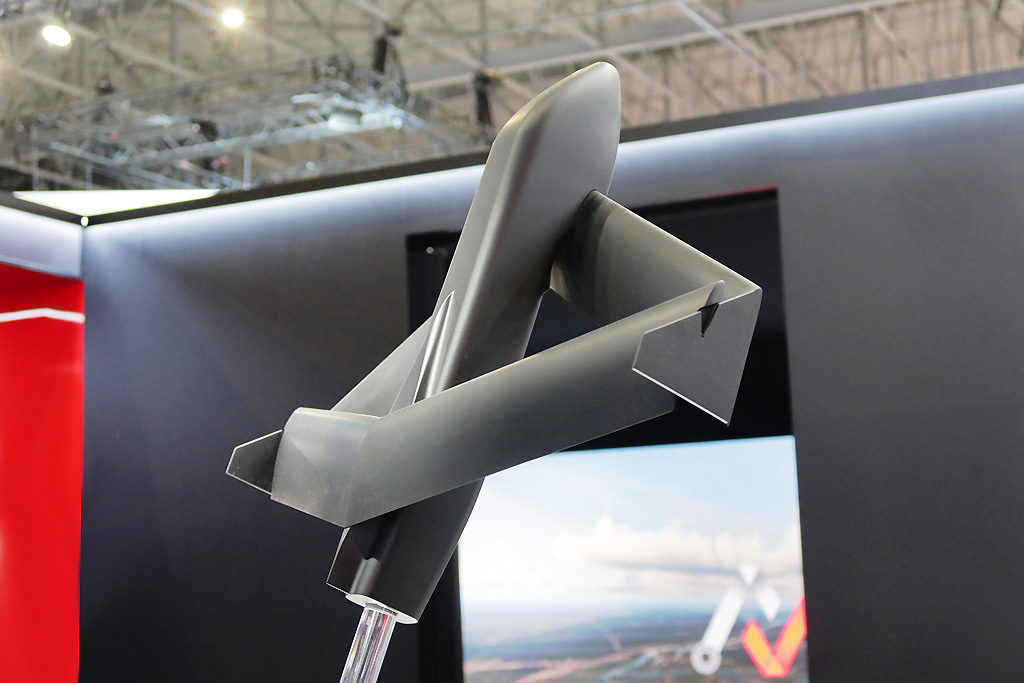U.S. Army Advances Counter-Drone Capabilities at Putlos Training Ground
Overview of Recent Exercises
At the Putlos Training Ground near the Baltic Sea, U.S. Army personnel engaged in a significant demonstration related to the evolving landscape of drone warfare. Utilizing net-shooting drones, advanced 557 rifles, and .50-caliber machine guns, soldiers showcased their ability to neutralize an array of drones, ranging from small quadcopters to larger aerial systems.
This exercise represents a pivotal juncture for the U.S. military in transitioning from traditional missile-based countermeasures—which can cost upwards of $4 million per missile—to more economical methods of drone interception, costing approximately $20,000 per unit. This is particularly crucial in the context of countering Russia’s growing threat in Europe.
Project Flytrap: Enhancing Counter-Drone Strategies
The demonstrations were part of Project Flytrap, an initiative aimed at refining the U.S. Army’s counter-drone tactics. Over 200 companies submitted proposals to participate in the recent event, with 20 selected by the Global Tactical Edge Acquisition Directorate, a new procurement branch formed to expedite the acquisition process for this vital technology.
On November 21, diverse stakeholders—including media representatives and international military officials—observed real-time applications of various counter-drone technologies and synergies between them.
Insights from Military Leadership
Brigadier General Curtis King of the 10th Army Air and Missile Defense Command highlighted the importance of adapting military tactics based on lessons learned from recent conflicts, particularly in Ukraine. This continual feedback loop is essential for developing responsive gear and tactical frameworks that enhance battlefield effectiveness.
In light of vulnerable supply chains, the capability to produce drones at or near frontlines is increasingly significant. Among the innovations demonstrated was a 3D printing setup, allowing for the rapid production of drone frames. When combined with pre-purchased electronic components, these drones can function as interceptors or provide critical intelligence on adversarial drone operations.
Integration of Sensor Technologies
Effective counter-drone operations demand a heightened focus on sensor integration. General King pointed out the event’s groundbreaking success in merging data from active radar systems with passive radar technologies, which track drones by analyzing disruptions in FM radio signals. This comprehensive data amalgamation enables real-time utilization across various operational levels, from anti-drone sharpshooters to unit commanders.
- Key Achievements:
- Real-time data transfer with no latency.
- Streamlined communication across classified and unclassified networks.
Feedback from soldiers contributed to identifying the most effective technologies. Armaments Research Company received accolades for their portable drone-tracing systems, which effectively transform each soldier into a sensor, enhancing situational awareness on the battlefield.
Innovative Solutions for Drone Interception
Several cutting-edge technologies were demonstrated, including:
- Zeromark’s “Aim Assistant”: A device designed to assist soldiers in shooting down drones using conventional ammunition, addressing the limitations of existing countermeasures like lasers and jammers.
- Fortem’s Net-Shooting Drone: Designed for urban environments, this drone captures targets without causing collateral damage, thereby offering a more tactically favorable option in populated areas.
Strategic Implications for European Security
The exercise also served a dual purpose, equipping European military officials with insights and tools to enhance their defenses against potential Russian aerial incursions, particularly if U.S. security guarantees were to diminish. Brigadier General King emphasized the cost-effectiveness of the showcased technologies, asserting that they yield a lethal response at a fraction of the price of conventional countermeasures.
Looking Ahead
European journalists inquired about the operational efficacy of the new technologies against threats such as Russian drone intrusions. Army officials acknowledged the complexities involved and reiterated that the U.S. remains committed to NATO, emphasizing the importance of these exercises in shaping European defense postures.
Colonel Chris Hill, who manages integrated fires mission command, underscored the necessity of involving allied soldiers in the evaluation process. This inclusion ensures that various national forces have vested interests in validating the effectiveness of the new capabilities in combat scenarios, particularly along the eastern NATO flank.
In summary, the Putlos Training Ground event not only illuminated advancements in counter-drone technology but also facilitated crucial dialogues among allied nations in the face of evolving geopolitical threats.





